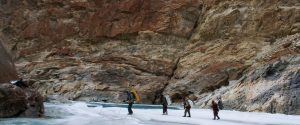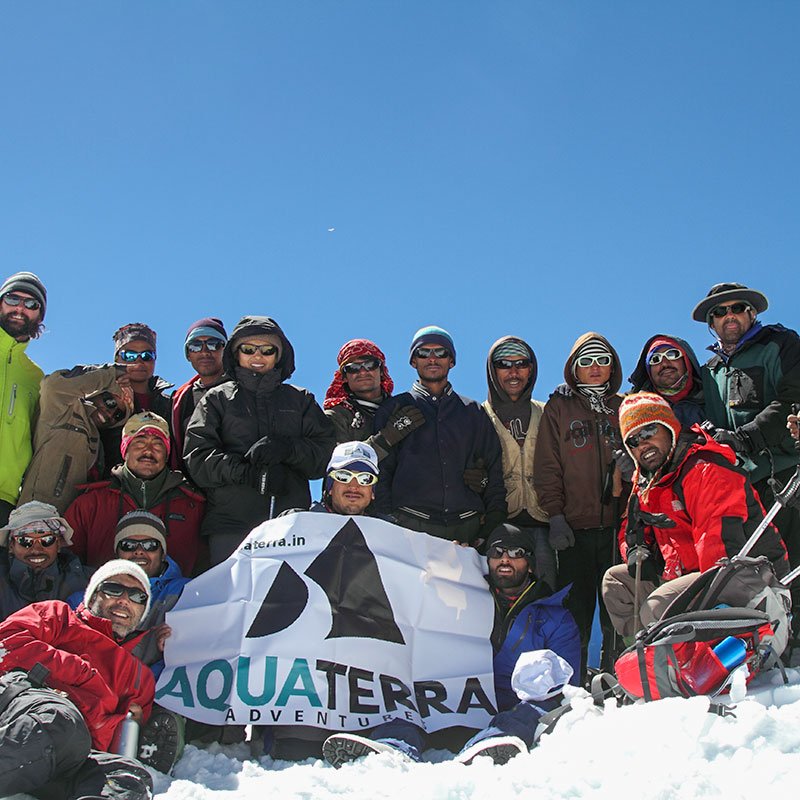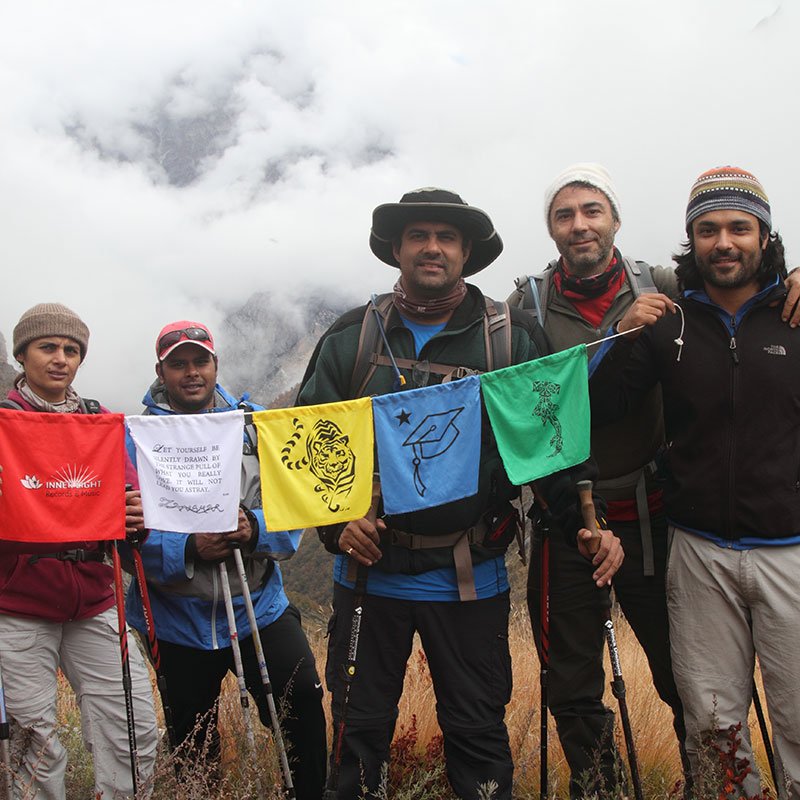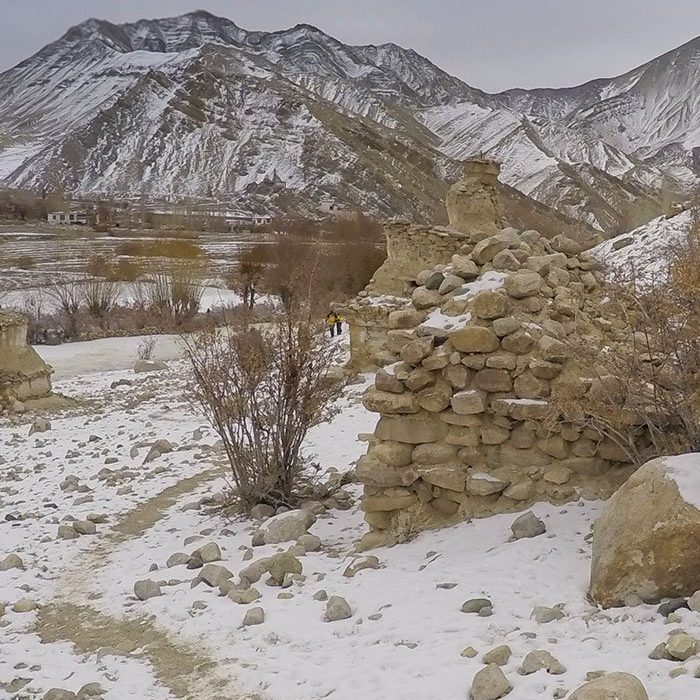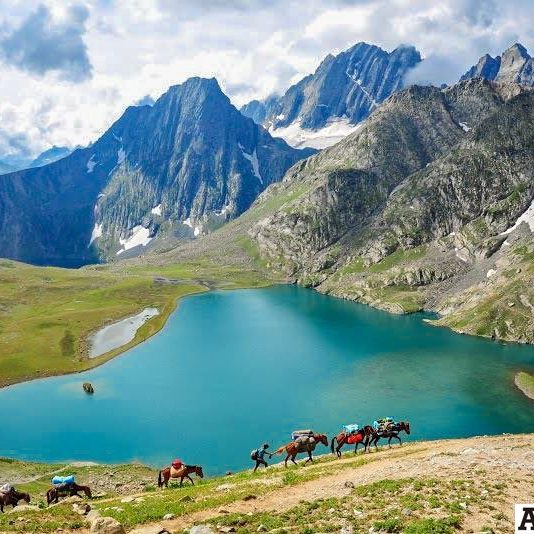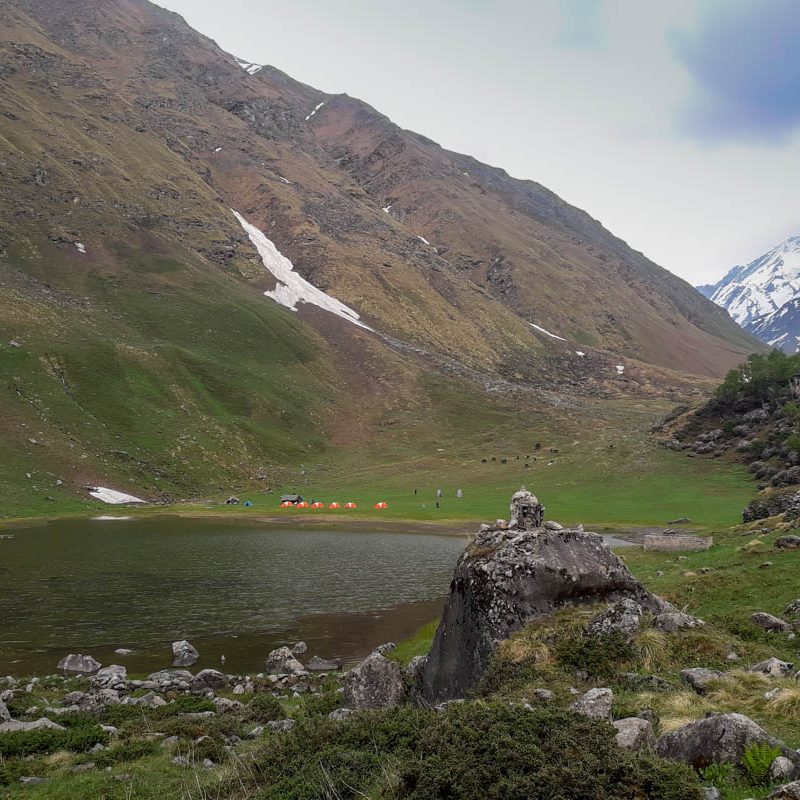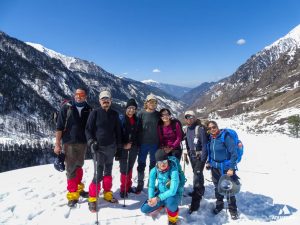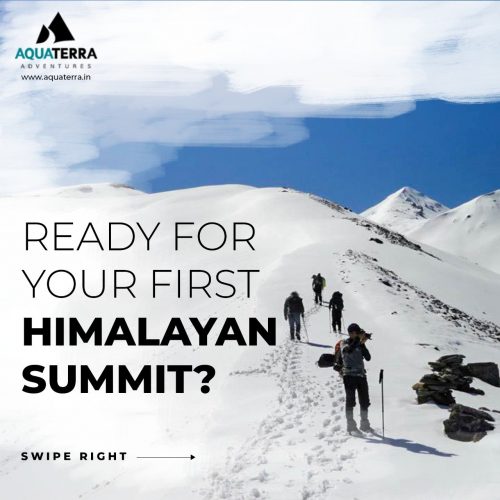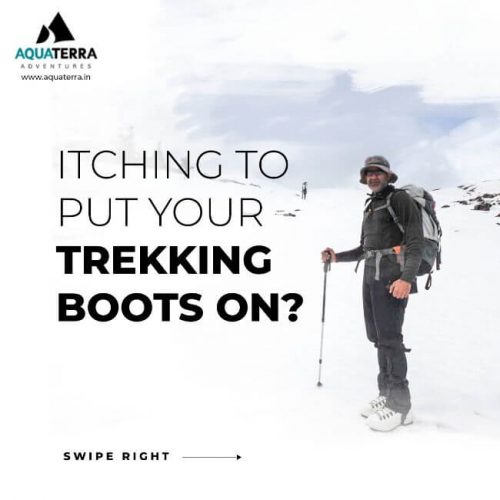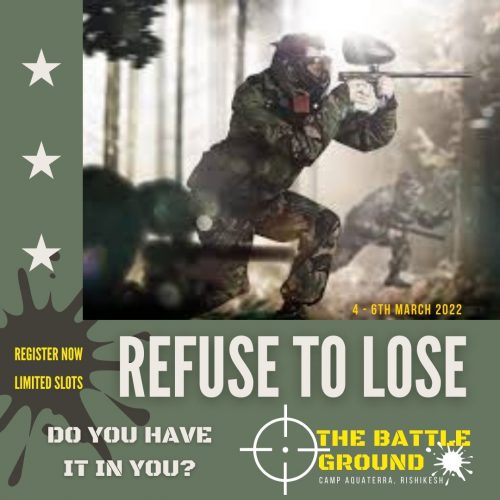An Article by Vaibhav Kala for India Travelogue
Rafting is about nervous anticipation, heart stopping build-ups, meeting the challenge, the thrill of the rapids, the solitude of the calms, sights seen, experiences shared, knowledge gained, campfire tales, new found friends. All of it sums up a trip of a lifetime, there for anyone with an inclination to experience, as we did, the best of a white water journey on rafts – probably the only adventure sport which enables a complete novice to attain an adrenaline rush at par with that of a professional, each and every time.
Heading towards the Ganga
The Ganga can easily stake its claim to being the river rafting ‘capital’ of the country. And aptly so, a river which has so thoroughly dominated the consciousness of millions in the country, a river which harbours over 90% of white water running in India.
Camp Aquaterra
The sandy, silver beaches along the Ganga set amidst verdant ridges of the Shivaliks are home to river rafting camps which offer this activity. Barely six hours from Delhi, rates high on the list for someone looking forward to a healthy tan, an exciting river journey and an outdoor camping vacation. River rafting options range from a quick day-run to two/three day long weekend trips. And, for those who have more time on their hands, a multi-day self-contained river expedition is an adventure option with few rivals.
An early morning drive out of Delhi to beat the traffic and the heat and six hours later, we are walking down a jungle path to our river camp in time for a quick dip in the Ganga and a wholesome lunch. Followed by a briefing about camp, the do’s & don’ts, and the programme. Bio-toilets are dry pits, very clean and user-friendly. Flush toilets are not recommended, as it invariably seeps closer to the water table. Being in surroundings such as these, one begins to appreciate the importance of being environment-friendly and basic in these camps.
Three Blind Mice
A nice, hot lunch is laid out under an open parachute and after a quick siesta, the afternoon river run is about to happen.Thereafter, life jackets and helmets are handed out as our river guide beckons us to the inflated raft where a comprehensive river safety briefing begins. One is briefed about the rapids to be encountered, paddling commands, “highside” commands, procedures to be taken if one of us is to fall out and what to do if the raft itself overturns. It does not happen often, according to our captain.
A long flat section below, we are about to encounter our first “big one”, called “Three Blind Mice”. This turns out to be a set of three rapids, following one after another. It is a real quick one and before we know it, it is behind us in a flurry of hastened paddling strokes and shouted commands, leaving us completely wet, dazed and gasping for more. The foot braces in our raft are a blessing as they keep us from falling out of the raft in the bigger rapids.
All rivers originating in the mountains form rapids due to loss of gradient, constrictions and obstructions, on its way to the plains. These rapids are graded on a scale of I to VI based on their size and the degree of difficulty encountered while negotiating them, Grade VI being unrunnable or suicidal. Any adventure sport, including rafting has its own inherent risks. Yet, they are lessened in a good professional set-up with competent river guides, world class equipment and an over-riding concern for safety.
Body Surfing while Rafting
We are now introduced to “bodysurfing”, a great way to ride a rapid. Out of the raft and lying on our backs! A trifle scary at first, but the guides reassure us overcome the mild fear creeping up our spines at the thought of jumping into the cold water. We manage to gather courage in numbers and jump out only to realise the joy of the river, taking us down forcefully, yet gently enough to provide us with the ride of our lives. The river is definitely addictive, and there seems to be no reason to deny it. In fact, most of our boat-mates end up spending more time out of the raft than in it.
Many Rapids
A few smaller rapids under our belt, we feel like seasoned rafters, only to be a little concerned at a distant roar which seems to get louder as we float down the valley. It is the “Roller Coaster”. We tighten our lifejackets and helmets with a re-emerging sense of anxiety and urgency. It turns out to be true to its name, with our paddles hitting mostly air, the raft climbing on to some very decent sized waves, our guide trying very hard to manoeuver the raft since some of us have just got their first taste of big white water, leaving us with justified momentary paralysis.
We ride through the “Golf Course”, “Club House” and many more interesting rapids before driving back to our camp for the night. Between tea and `pakoras’, a game of beach volleyball is easily tucked in. Enthusiastic participation is guaranteed in this activity by even the most unathletic as the sand proves very conducive to athletic moves. Rappelling is a good option for those not inflicted with vertigo. The evening turns out be quite pacy before one sits down and begins to appreciate the river, camp and the surroundings.
Camping Tales
Our camp happens to be upstream of an old suspension bridge leading to a village on the opposite bank – the best real estate one has seen for a long time. Evening descends, and watching the cattle cross the bridge and the smoke rise from the houses in Malakhunti village reminds me of a Jim Corbett book, recently read. It is also time to wash the sand off and a quick dip seems to be in order. The campfire is lit and the evening stretches late after dinner, well aided by a guitar, a pair of wonderfully well-tuned vocal chords and some very interesting people.


